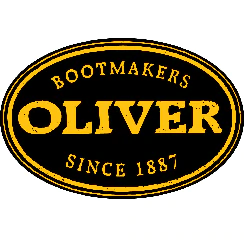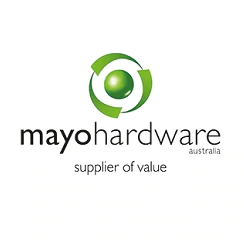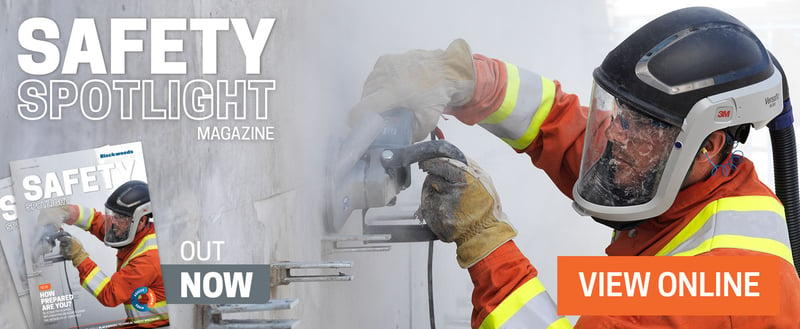AEDs Save Lives

Tragically, the scenario is all too common: you are with someone when suddenly he or she collapses, has no pulse, loses consciousness, gasps for air, or may not be breathing at all. A cardiac arrest happens when the heart stops beating. The Heart Foundation says that each year in Australia about 25,000 people suffer a cardiac arrest out of the hospital. As few as 5% survive.
Although it is not compulsory in Australian workplaces, an Automated External Defibrillator (AED) should be considered. It is an easy-to-use device that has step-by-step voice prompts and visual guides which enable an untrained person to operate it. An AED analyses the heart rhythm of a victim and determines if it needs to apply a controlled electric shock in a bid to restart the heart.
An AED in your workplace not only ensures a life saving device is available for your workers, but also for your customers, visitors, and contractors on your sites.
A cardiac arrest is different from a heart attack. When suffering a heart attack a person is awake and enduring such symptoms as chest pain, breathing difficulties, giddiness and nausea. The first few minutes after a person suffers a cardiac arrest are vital. Usually, if there is no immediate medical response, the chances of survival are deemed to be low. Indeed, NSW Health notes that,
For every minute that passes after a person has a cardiac arrest, the chance of survival decreases.
It should be stressed again that anyone can use an AED. Furthermore, a defibrillator will only shock someone who has had a cardiac arrest, and you cannot hurt anyone by using the device. An AED is, without a doubt, an extraordinary invention.
Studies have shown defibrillation within 3 to 5 minutes can produce survival rates as high as 50% to 70%.
An AED in your workplace not only ensures a life-saving device is available for your workers, but also for your customers, visitors, and contractors on your sites.
Are you prepared?








